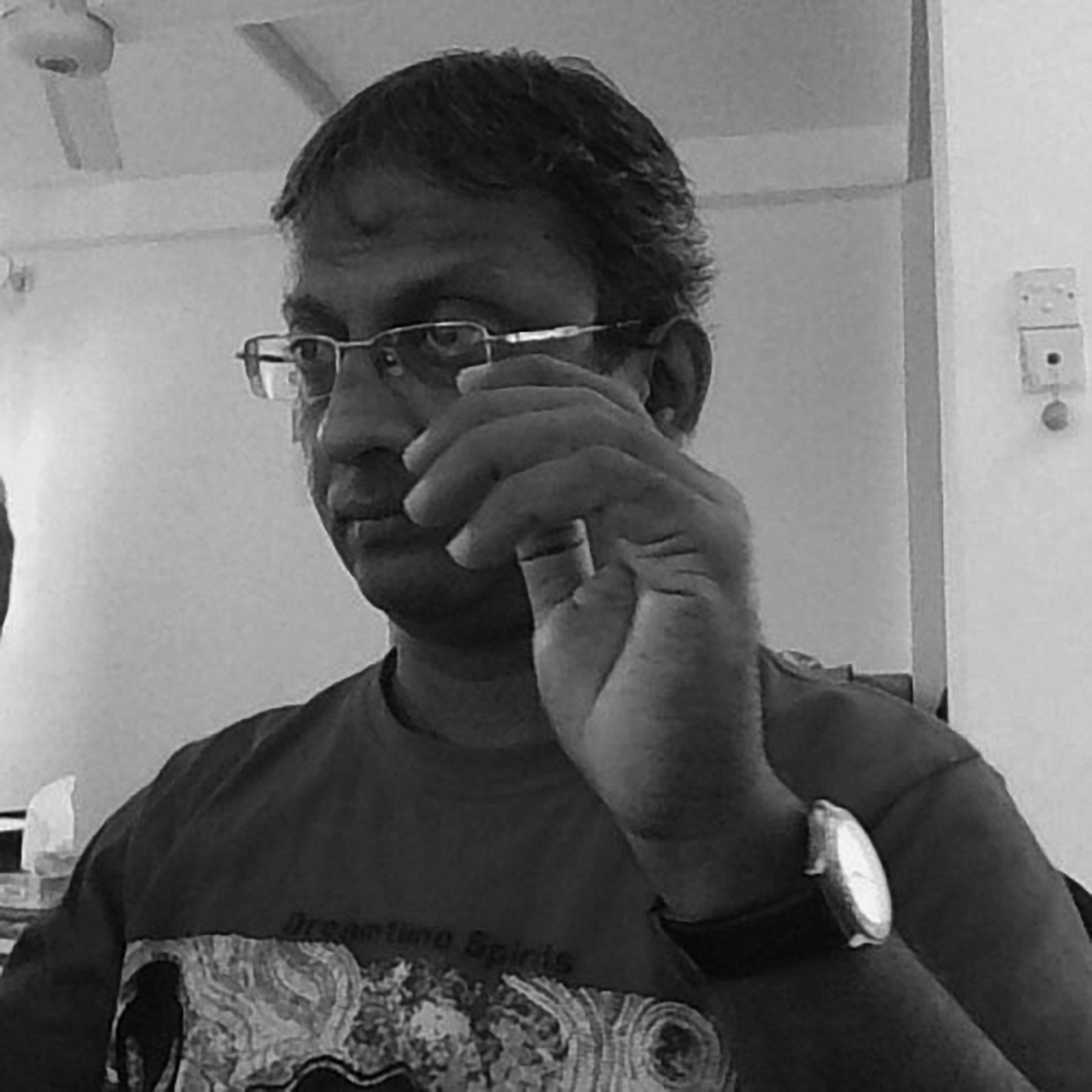

Sutharsan Jeganathan, a tamil musician and poet from Colombo, writes about the rich musical tradition of the South Asian island nation of Sri-Lanka.
SRI LANKAN music is a unique art form, woven from centuries of culture and artistic expression. Ancient traditions and various influences ranging from indigenous rituals to colonial legacies shape Sri Lankan music, reflecting the island’s often conflicting history.
Sri Lankan music has diverse roots but can be combined into two major influences:
Historical influences
These influences are rooted in the island’s ritual and religious traditions, rooted with the aborigines of Sri Lanka and reflecting the rich cultural heritage of the country.
Geographical influences
The geography played a key role and impact from neighbouring cultures, trade interactions, and the effects of European colonization.
Each of the above influences may be referred to with different names. They can be analyzed further in greater detail to easily illustrate their contribution to Sri Lanka’s unique musical landscape.
Following these influences, we can perform a more detailed categorization, as shown below.
Sinhala music: Sinhala folk / Buddhist ritual music, and Sinhala classical.
Tamil music: Tamil folk, Tamil religious music, Tamil classic.
Light Music: Tamil and Sinhalese.
Baila and pop: Portuguese-influenced music.
Westernized and modern music.
Going deeper into the above categories reveals more details of technical, artistic definitions and regional subcategories of musical traditions. We may discuss them throughout the topics below.
Sinhala Music
The Sinhala music is characterized by three distinct types: Sinhala classical, Sinhala Folk and
Sinhala light music.
Sinhala classical music is one of the most significant musical genres in Sri Lanka. This genre has been profoundly shaped by various influences, notably the music of Ravisankar and the Hindustani traditions from North India.
A number of artists from the Sri Lankan Sinhala community traveled to North India to study music and brought back their experiences and insights. They developed a unique, classical style that was deeply enriched by these influences. This blend of traditions has contributed to the diverse landscape of Sinhala classical music today.
Another prominent, root-level, and deep historical practice in Sri Lanka is Sinhala—Buddhist folk music, which is characterized by caste-based folk songs, ritual performance, and religious poems. Buddhist rituals could also have influenced the folk music. Ancient people usually sang folk poems to express their feelings, such as loneliness, sadness, and happiness. There were mostly no authors of those poems.
Other broader categories, which came out from those folk traditions, can be viewed as Sri Lankan country music. They are mainly practiced in religious or Buddhist rituals, commonly performed by commoners, who are ordinary people, mostly Sri Lankan aborigines named “Veddas”.
Types of Sri Lankan folk music are highlighted below.
Pageantry: It is a highly evolved music tradition in Sri Lanka, especially in Kandy Esala Perehera - one of the important Sri Lankan festivals to honor the Tooth Relic of Lord Buddha. It is a perfect example of traditional music and instruments of Sri Lanka.
Kolam and puppetry: This is a Sri Lankan low-country music tradition, mainly involved in rituals such as exorcisms, healing, over-realistic comedies, or mimicry.
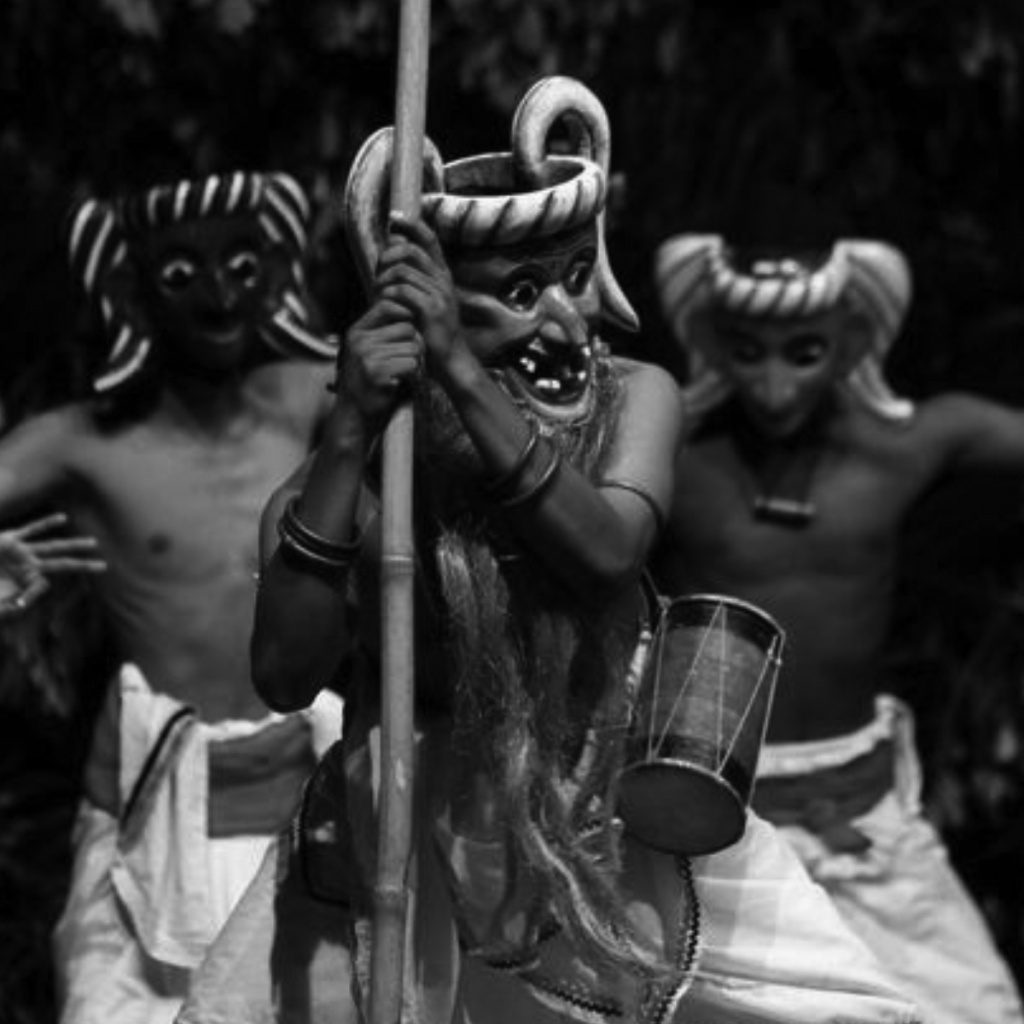
Musicians perform this music as a story, using dialogue, dance, gestures, song, and drums, while wearing masks.
Nurthy Music: A North Indian Parsi theatre, influenced by Sinhala stage-type performance, introduced by Don Bastian of Dehiwala by looking at Indian dramas.
Finally, Sinhala “light music”, again influenced by North Indian music, north Indian genres, such as Hindustani.
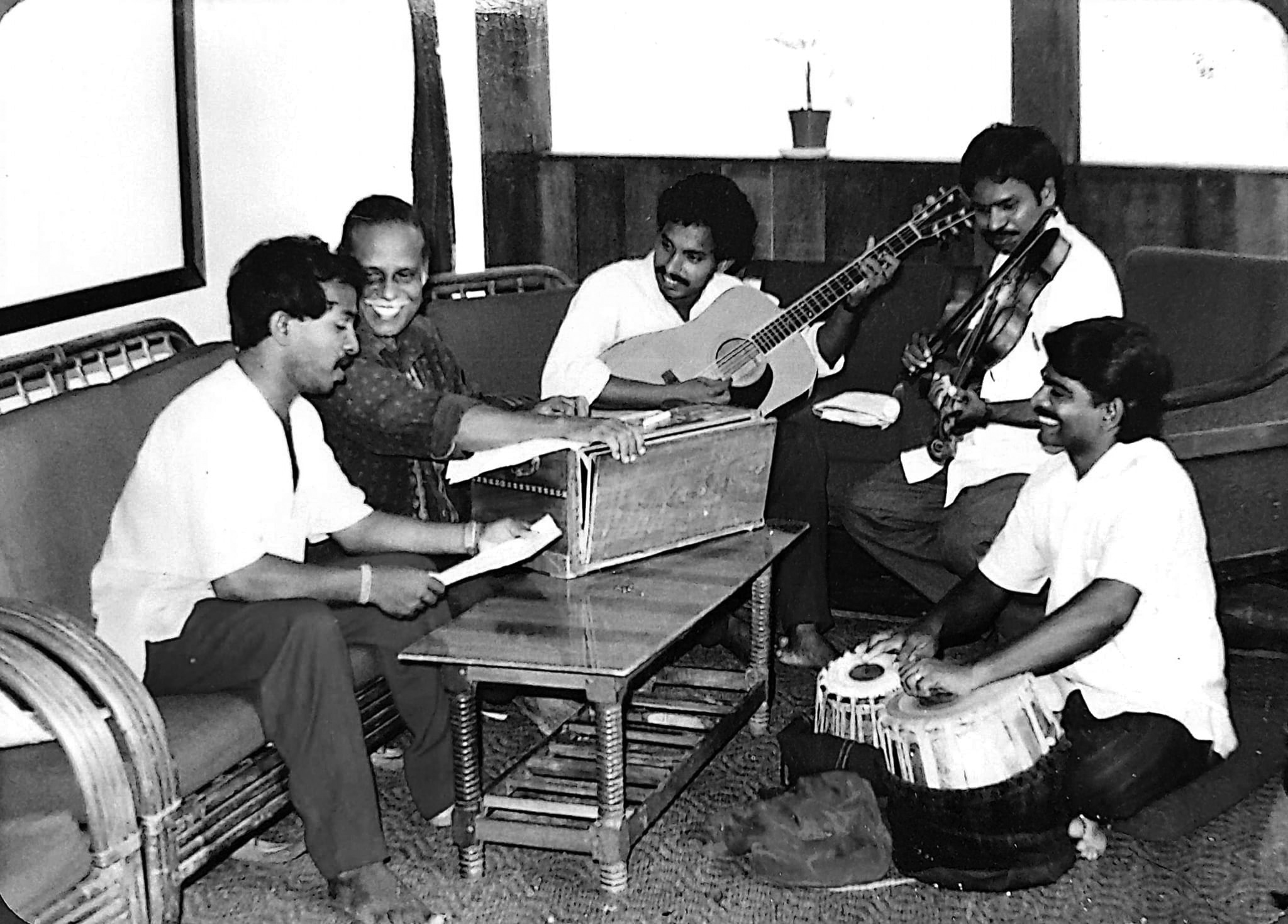
Unlike Nurthi, it was an attempt to create a unique Sri Lankan classical genre. However, people later widely considered it Sri Lankan or Sinhala light music, and also adopted it into Sinhala film music. Pandith Amaratheva and Suni Shantha are considered pioneers of Sri Lankan light music. Nanda Maline is one of the prominent female artists.
Sri Lankan Tamil Music
Sri Lankan Tamil music has an intersection with Sri Lankan music, mainly concerning light music. However, it has its own unique identity. Sri Lankan Tamil music can be categorized as:
Tamil folk, Tamil Classical, often referred as Carnatic music and having a unique performance called “Pannisai”, and Tamil light music.
The Sri Lankan Tamil folk has cultural connection with different artistic forms, particularly “kooththu”, a theatrical performance that combines music and dance. This is a performing art for entertainment and telling stories, especially during religious festivals. The Koothu has regional practices and unique identities between Eastern and Northern Sri Lanka. It can be categorized as “Eastern indigenous dance forms”, “Northern regional folk dances”, and “Up country Tamil folk dances”.
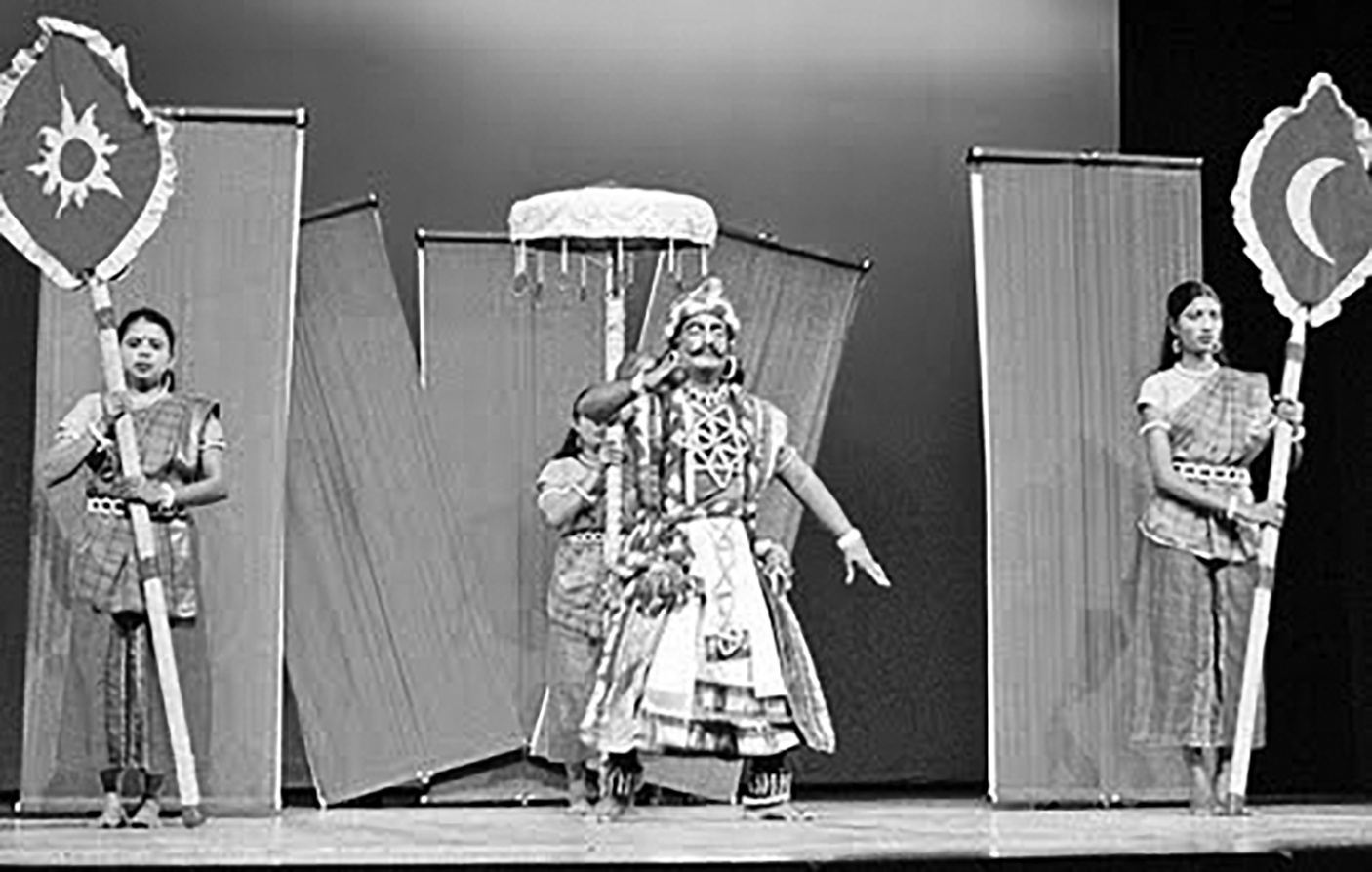
There are several well-known styles of kooththu.
Vasanthan Kooththu – It was traditionally performed to entertain people and to make the king happy.
Vadamodik Kooththu – A dance performance with rapid steps, movements, and beat. This type of kooththu is performed to express themes of a battlefield, war and war heroes.
This is usually practiced in the Eastern part of Sri Lanka, especially in Batticaloa, although light weighted dresses are worn. An example of this kind of kooththu is the murder of the Vali king in Rämajanam, which is a generic form. Later, Eastern University of Sri Lanka produced different Vadomodik style dramas, such as Veerakumaran Naadakam and Ravanesan.
Thenmodi Kooththu : The performances primarily revolve around themes of love and romance, mainly from religious epic literature such as the Ramayana and Mahabharata. These artistic expressions are predominantly found in the Batticaloa and Jaffna districts of the Northern Province. The rich narratives of these epics provide a cultural display, enhancing the emotional depth and significance of the performances. Through their exploration of love, devotion, and moral dilemmas, these stories resonate deeply with audiences, making them an integral part of the region’s artistic heritage.
Parai Mela Kooththu - The performance known as Parai Mela Kooththu originates from the Paraiyar caste group, primarily in the Batticaloa region, with some presence in Jaffna. This traditional art form emphasizes dance, referred to as “Aatam,” and rhythm, known as “Solkattu,” rather than narrative storytelling. Historically, these performances were conducted outside of temples because of caste hierarchies that restricted participation of specific castes into the sacred spaces. In recent decades, the tradition of Parai Mela Kooththu has faced challenges because of caste-related issues, leading to a decline in its practice. However, there has been a resurgence of interest and reformation efforts in Batticaloa, revitalizing this cultural expression. Additionally, the “Parai” drum, integral to this performance, has historically been used as a procession drum during funerals in the Jaffna region. This practice continues to be observed sporadically in Jaffna today, highlighting the enduring significance of the Parai drum within both ceremonial and cultural contexts.
Sri Lankan Tamil classical music, traditionally called “Carnatic music”, is a South-Indian disciplined music culture, followed by Sri Lankan Tamils. The Tamil classic music has a strong hold in Jaffna district, due to its cultural and geographical closeness to Tamil Nadu of India. The origins of Carnatic music trace back to Karnataka, a state in South India. The term “Carnatic” derives from “Karnataka. This musical tradition has been enriched by Kannada poetry and Telugu keerthanas from Andhra Pradesh.
The Tamil classical music, can be considered as “Pure Music” formation, based on 7 swarams, which are elaborated to 12 notations similar to the western musical notations. The musical scales are heavily organized by Raagas. Due to its high coupling with Kannada lyrics, mostly the ragas are sung in Kannada and Telungu, even in the Tamil region of Sri Lanka. Later, several Tamil lyrics were introduced, and a new form of music named “Pannisai” introduced, based on Saiva religious Thevarams and Bajanais. This can be considered as an older Tamil equivalent for the raga system. University of Jaffna offers degree programs which include Pannisai.
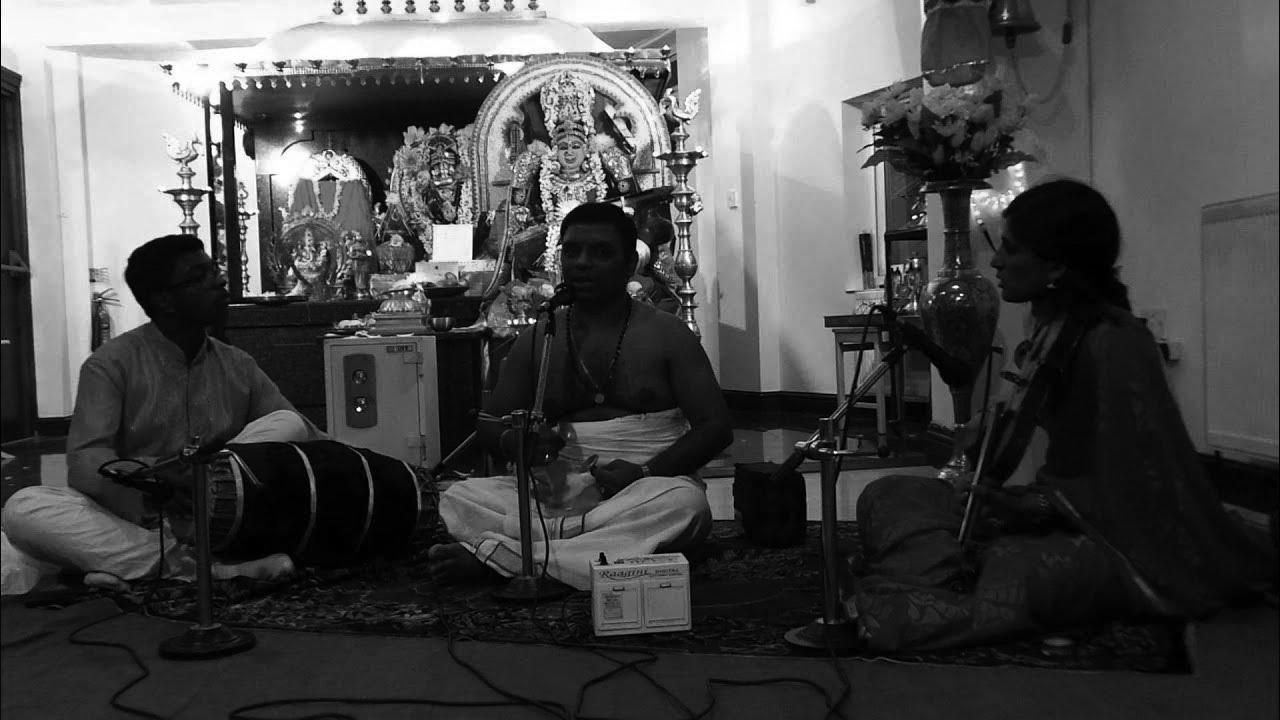
Another music form popular among Sri Lankan Tamils, mainly during 60s, 70s and 80s, is “Light music”, which had a parallel track with Sinhalese Light music, but has a strong influence from South Indian music, which is mostly exposed through the Tamil Commercial Cinema. Sri Lankan Tamil light music is influenced by Tamil commercial Cinema, which holds a strong monopoly on Tamil music due to its control on commercial channels. However, Sri Lankan light music arose during the 70s and 80s, with the rise of Sri Lanka Broadcasting corporation’s Tamil services. The light music is usually produced by composers, rather than vocalists. Because of the limitation of technology and capital, Sri Lankan Tamil composers were unable to compete with South Indian commercial composers.
The Tamil light music flourished during the era of the Liberation Tigers of Tamil Eelam (LTTE), a militant group fighting for a separate state known as “Tamil Eelam” in Sri Lanka. In the early 1990s, when northern Sri Lanka was under LTTE control, the organization provided a steady platform for Tamil composers to create competitive songs that served as propaganda for the rebels, for expressing Tamil identity and resistance against the Sri Lankan government.
Baila and pop - Portuguese influenced music
Baila music in Sri Lanka has its roots from Portuguese traditions and was introduced by Portuguese colonizers. Baila emerged as a distinct genre between the 1940s and 1960s. It has Caribbean and African influence too, which integrates western and modern instruments with diverse musical styles while maintaining its core rhythmic essence. Baila remains a vibrant part of Sri Lankan music, celebrated at social gatherings and evolving with contemporary trends. Another slightly different form called “Pop” was extended from Baila, mainly after the Emergence of Sooriya Records, founded by Gerald Wickremesooriya, which was focusing on dance and partying. The Bergers community in Sri Lanka still performs the traditional Baila, mainly at parties and home festivals. They are usually playing guitars, violins, and drums. “Kafringha” is one of the popular categories.
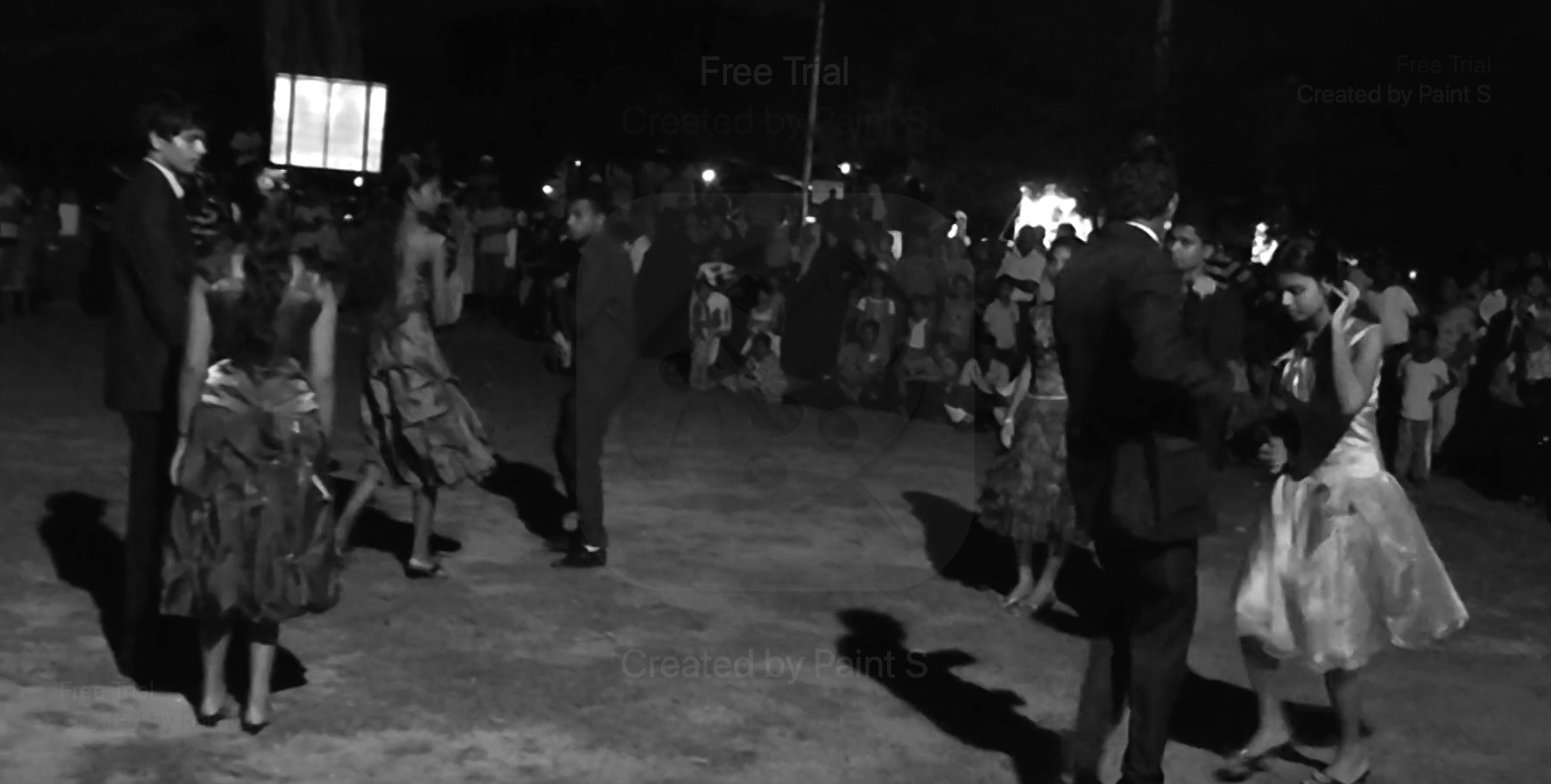
Westernized music in Sri Lanka
It has its origins in Christian culture, particularly through Catholic and Anglican churches, which perform choirs during the mass service, following pure Western musical concepts. However, Western music has been popular since the 20th century, along with modernized digital music, as a usual outcome of globalization.
Other Sri Lankan Music cultures.
A few other musical cultures, but not widely present, are Arabic music, Sufi music and Hindustani. Also, Indian cinema music, mainly Bollywood music among Sinhalese and Tamil film-music among Tamils—have a significance on their day-to-day life and regular live performances.
Summarizing and simplifying table
